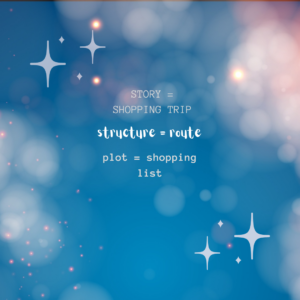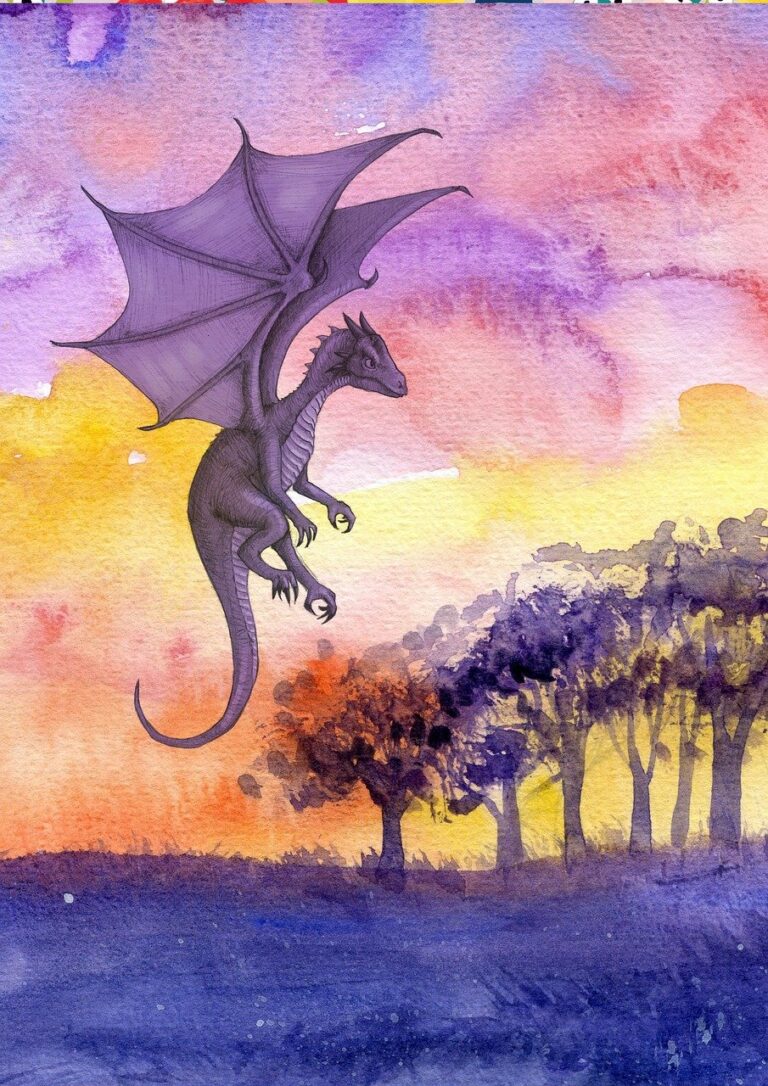
Writing involves so many pieces.
I’ve talked about theme and character.
Today, I’m trying to tame story, structure, and plot.
I’ll start with what might be easiest to understand: story.
Story is simply the writer telling (showing) the reader about the main character’s journey.

This involves writer voice and style.
Structure is the layout of the character’s journey.
A lot of journeys in story are linear: first this happened, then this, then this, etc.
A big of backstory is thrown in there, too.
Some writers structure the story by bouncing all over the place: various points of view, some time travel—back to the past, up to the future.
So that’s the structure, the framework.
In my recent post about theme, I equated writing to planning a dinner party.
The elements of a dinner party are theme, guest list (characters), and menu planning (plot).
Carrying on with the party idea, story is the shopping trip, structure is the order in which the main character visits the stores on the shopping trip, and plot is the menu or the shopping list that stands in the way of the character achieving the dinner party.
You need food for the party, and a story needs things happening to your main character.

But first!
Before starting out on that shopping trip, the protagonist must have a reason for the party.
Why is this party so important?
Substitute whatever your protagonist wants for the word “party.”
What is your character’s motivation for changing their current situation (bored, no friends, sitting on the couch in their pjs all day, etc.)?
If the character isn’t interested in changing their current situation, the story isn’t going to work well.
The main character must have a compelling reason for “doing the things” otherwise the stakes won’t be high enough.
Remember that stakes are the things that will happen to the protagonist if they don’t attain their ultimate goal—or the mini goals leading up the ultimate one.
Make sure you’ve got a super strong motivation for your main character.
Now, they can proceed to the route, shopping list in hand.
For example, let’s pretend our story really is about throwing the biggest party the small town has ever seen.
The main character heaves themselves off the couch in search of a pen and paper to write that shopping list.

Thus armed, they head out the door full of excitement.
Right away, there’s a problem.
The very first store they go to doesn’t have the first item on their shopping list.
Without getting little sausages, they won’t be able to make the fabulous appetizer that’s going to set the whole tone for the party.
What are they supposed to do now?
If their motivation is strong enough, there’s no way they’re going to go back to their lonely couch.
They can either go to another store or pivot and buy asparagus instead of little sausages.
Either one of those choices is going to send their shopping trip in another direction, another fork in the road, so to speak.
That direction is where you’ll find your character’s next problem.
While using asparagus solves one problem, it creates another.
The main character was going to serve an all-beef barbecue, and now they have that random vegetable in there.
No problem, they’ll just add another big beefy item to their list, which they can probably get at the next store.
Off they go, problem solved.
Except, the store that carries all the prime beef is permanently closed.
It’s the only nearby store that sells quality beef.
This is even worse than the lack of sausages.
But thank goodness the main character is super motivated to have some kind of gathering.
So this problem can be solved by making it an all-vegetarian menu.
But now they’re faced with an even bigger problem.
That’s how plotting goes.
Each problem becomes successively worse for the protagonist.
Until finally, the problem becomes nearly impossible to overcome.
In this story, the party is planned on the very same day as the funeral of the town’s beloved founder.
No one is going to be able to come to the protagonist’s party now!
Will the hero throw in the towel and vow never to plan a party again?
Will they pivot and take over the planning of the Celebration of Life for the founder?
Will they make all the vegetarian food anyway and have their own pity party?
As a reminder, stories don’t have to end with the protagonist getting everything they wanted (external goals).
But the protagonist had better be a changed person at the end of it all.
They can’t go back to sitting on the couch in their pajamas all day watching endless news reels.
This change they experience is very likely to be the internal goal that they weren’t even aware they needed.
I consider them squishy goals.
They’re the ones that are hard to put your finger on.
They rely a lot on emotions.
A broadening of their horizons.
A more flexible personality.
A desire to see the world and learn about new cultures and new foods.
They may be squishy, but they’re important to your overall story.
There are the basic building blocks of a story.
If I throw math into it, I will say that with these building blocks, I add up umpteen million different stories you can create.
And to think it all started with a theme.
Or was it an unforgettable character?
Or maybe it was a really good shopping list—er, plot list?
Have fun folding in the ingredients.
Enjoy your week.
~ Gail
(Tick tock)
Before you go, don’t forget to sign up for my mailing list, below:






One Comment
Comments are closed.